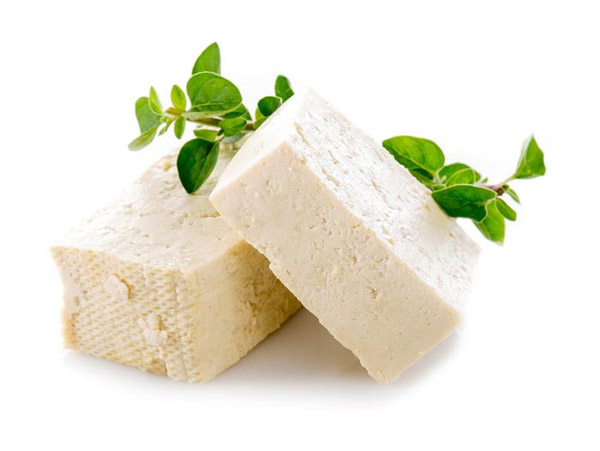
Researchers at St. Michael’s Hospital have shown for the first time that, in addition to weight loss, a specific low-carbohydrate diet may also reduce the risk of heart disease by 10 per cent over 10 years.
The diet, often called Eco-Atkins, is a low-carbohydrate vegan diet. Many low-carbohydrate diets have been proven to improve weight loss but most emphasize eating animal proteins and fats, which may raise cholesterol. Diets that are high in vegetable proteins and oils may reduce the risk of heart disease by lowering “bad cholesterol.”
“We killed two birds with one stone — or, rather, with one diet,” explained lead author Dr. David Jenkins, who is director of the Clinical Nutrition and Risk Modification Centre of St. Michael’s Hospital and a Nutritional Sciences professor at the University of Toronto. “We designed a diet that combined both vegan and low-carb elements to get the weight loss and cholesterol-lowering benefits of both.”
The findings, which were published in British Medical Journal Open, compared Eco-Atkins to a high-carbohydrate, low-fat diet. The Eco-Atkins diet reduced cholesterol by 10 per cent while also helping participants lose an average of four more pounds than the high-carbohydrate, low-fat diet over six months.
“We could expect similar results in the real world because study participants selected their own diets and were able to adjust to their needs and preferences,” said Dr. Jenkins, who is a vegan.
Participants were given menu plans that outlined food items and amounts. Rather than requiring fixed meals, the menus served as a reference guide and participants were given a list of suitable food alternatives. With an exchange list of interchangeable food items, participants were better able to adapt the diet to their personal tastes — which helped to encourage adherence to the diet.
Twenty-three obese men and women completed the six-month diet. Participants were encouraged to eat only 60 per cent of their estimated caloric requirements — the amount of calories that should be consumed daily to maintain their current weight.
Eco-Atkins participants aimed for a balance of 26 per cent of calories from carbohydrates, 31 per cent from proteins and 43 per cent from fat — coming primarily vegetable oils.
Carbohydrate sources included high-fibre foods such as oats and barley and low-starch vegetables such as okra and eggplant. Proteins came from gluten, soy, vegetables, nuts and cereals. Predominant fat sources for the Eco-Atkins diet were nuts, vegetable oils, soy products and avocado.